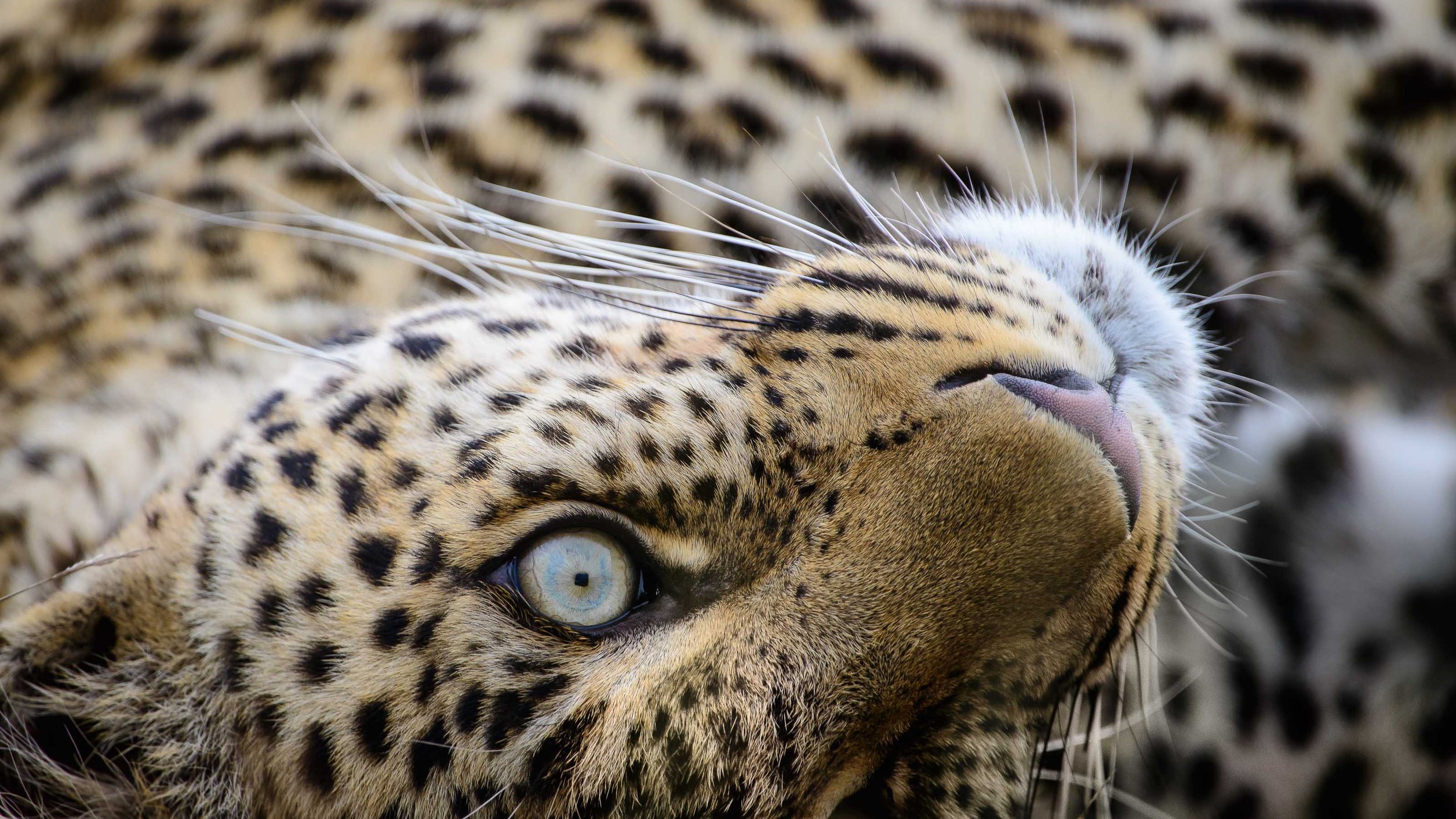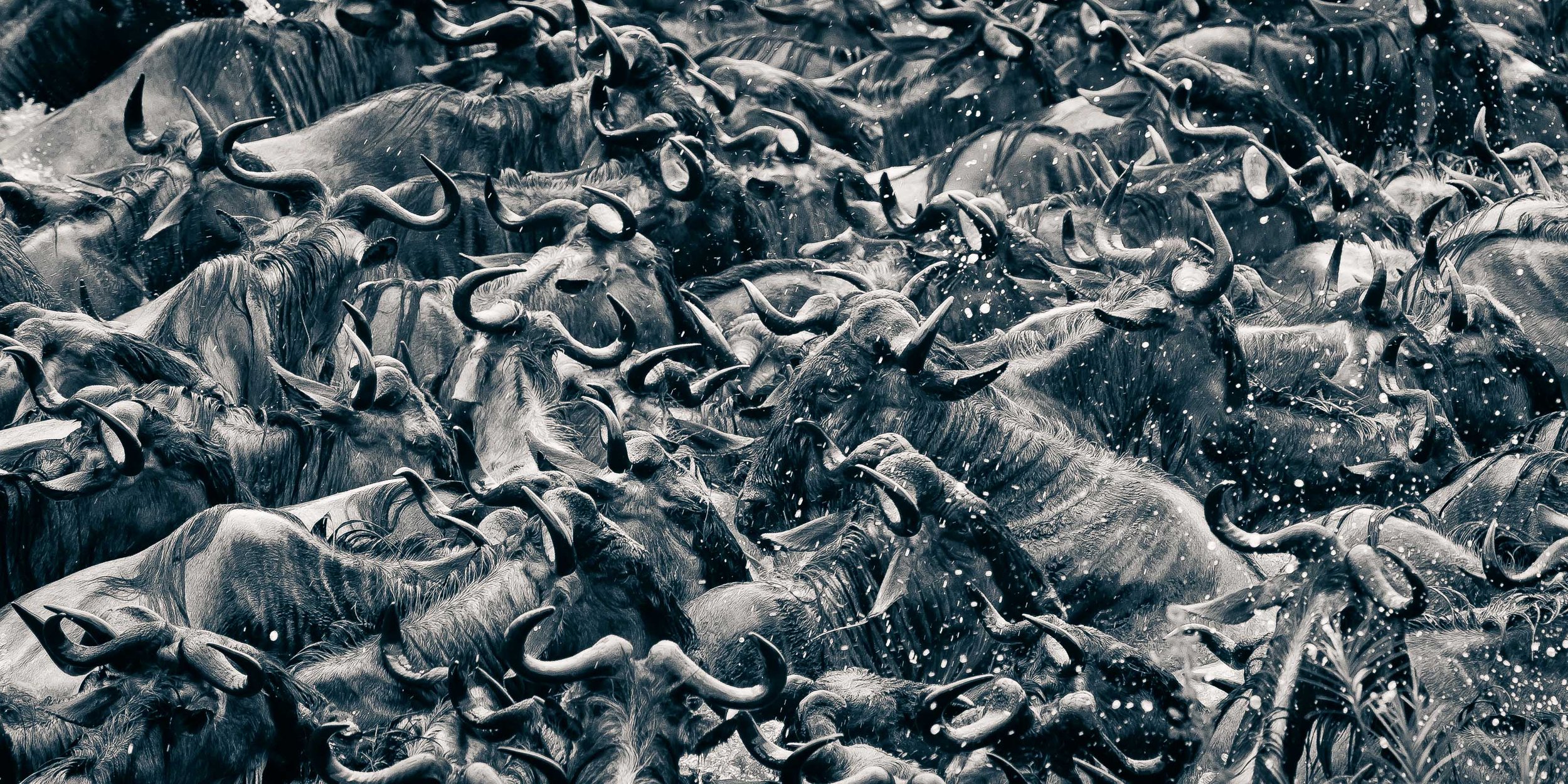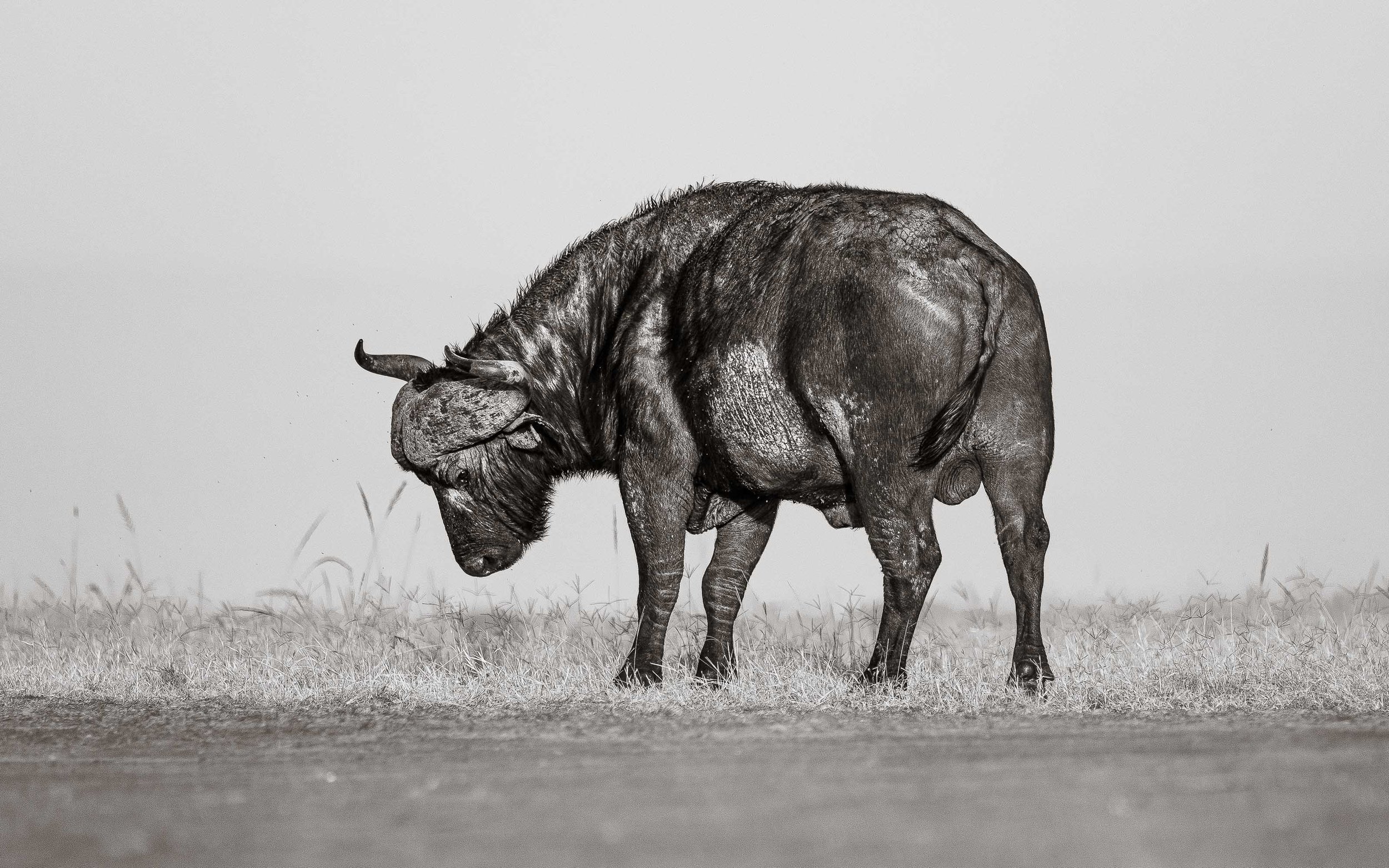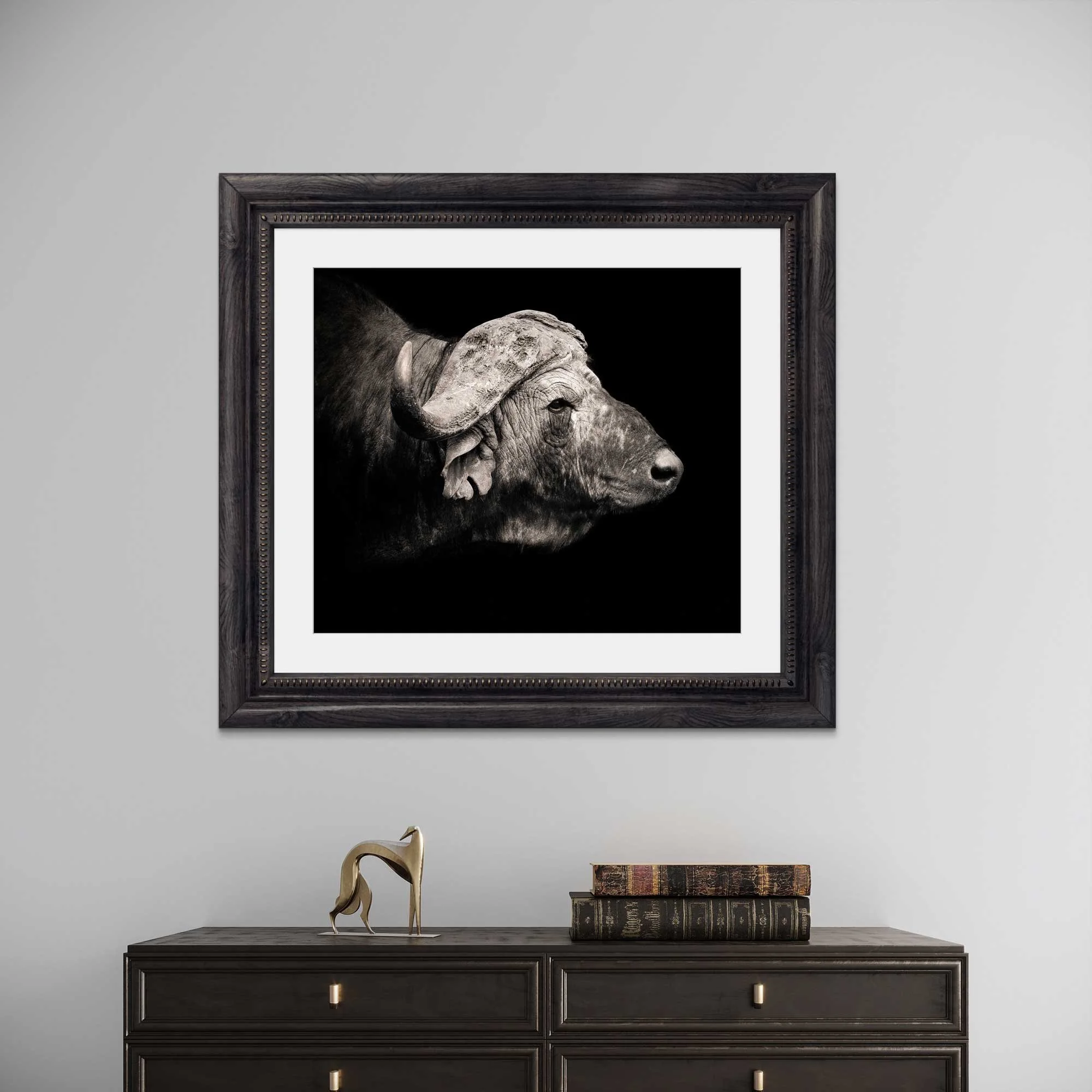Essential Tips For Choosing Your Photo Safari In Africa (And Beyond)
Ever since we’ve had cameras, wildlife photographers have aspired to an African wildlife safari - a usually quite expensive, probable once-in-a-lifetime adventure.
Then, during the last ten years or so, a subset of wildlife safaris emerged – wildlife photo safaris – which tend to be even more expensive still.
Wildlife photographic safaris
The rise in photography per se in recent years parallels with the ambitions of many to replicate what we've seen in magazines like National Geographic and BBC Wildlife. It’s led to photo safaris being advertised in almost every corner of most travel and photographic magazines today, where at one time there were virtually none.
My interest in wildlife photo safaris began back in 1996. Then, I fulfilled a long-held dream by visiting Zimbabwe. Then, in 2004, my photo safari addiction truly set in. I made one, two, then three journeys a year to southern and eastern Africa to photograph the wildlife there.
Hosting photo safaris in Africa
In 2011, I found myself organising and running wildlife photo safaris in Africa for others. It was primarily to Kenya’s Maasai Mara – I hosted one in the first year, two in the next, and then up to to fourteen a year by 2013.
If there were any two constants I experienced during the years until 2011 when I was a client in search of the ideal photo safari experience, it was probably the inconsistencies of what was offered and the inconsistencies of expectations met.
Although the Maasai Mara represents one region within one country, much of what is to follow can be applied Africa-wide, even worldwide. This is a quick ready reckoner for anyone thinking of embarking on a photographic safari anywhere.
Locations for your photo safari in Africa
Location is personal taste. Your choice of wildlife will dictate where you travel to for a photo safari, of course.
Your first photographic safari is likely to be fairly short, maybe a week or so. This means that you’ll need to maximise the odds of photographing the wildlife you’re after.
High wildlife density locations such as the South African parks, Ngorongoro in Tanzania, or any of Kenya’s reserves and parks are good places to begin.
Related: How to prepare for your first photography safari
Local safari guides
There is rarely a substitute for local safari guides. They’re the ones who will know the area and they're the ones that know its wildlife implicitly. Supplementing a lifetime’s knowledge, local safari guides also appear to operate on a sixth sense, which could only ever be acquired over many years of living and guiding in one place.
If at all possible, if your choice of location enables it, choose a local guide.
Your photo safari host
Paramount to any photo safari is your host – the photographer who has put the safari together, often in cooperation with a participating travel company or local camp. The experience and objectives of your host, together with local guides, are the influences that can ultimately dictate the outcome of your safari.
Only you can decide whether your host’s photographic style is something that inspires you, but a good photo safari host should be able to respond to anything technical and offer plenty of creative guidance as well.
Your host’s responsibility is to see you return home a better photographer than when you first arrived, or, at the very least, see you take away a collection of pictures that you otherwise would not have managed on your own.
A good photo safari host also prioritises your photography before theirs and ensures that you get your pictures. It should not be that they get theirs at the expense of yours. Photo safari guides will always be keen to add pictures to their portfolios too, but it should never be at the expense of a client’s pictures.
Look out too for those (often one-off) safaris which exist solely to monetise the trip for the safari guide. It is unlikely you will gain too much attention if the guide seeks to photograph for himself only. By the same token, consider carefully guides taking clients to places they’ve not visited before.
Photo safari vehicles
A vehicle can make or break a photo safari in Africa. A four-wheel drive will traverse places and cover ground or a shallow river far easier than a transit van or similar small vehicle ever would. You do not want to spend your photo safari pushing your driver’s van out of a hole, or viewing a long-desired sighting from the wrong side of a stream.
Window size is important. Small tight windows can restrict a wide sweep of view using long lenses. Larger windows allow beanbags and gimbal heads. A roof hatch is a requisite too, although a good guide may suggest shooting from window level is better in most cases anyway.
You may be sharing the vehicle too; a crowded vehicle makes for frustrating photography. A vehicle with minimal numbers provides more room for your gear and for more manoeuvrability.
Some operators provide a whole row of seats per photographer so that you have options of photographing from both sides without having to worry about bumping into anybody else.
Related: Why small group safari tours are the best choice for wildlife photographers
How much does a photo safari in Africa cost?
When it comes to choosing your photo safari in Africa, or anywhere else you wish to travel, cost is the omnipresent factor.
It would be fair to say that the range in costs for photographic safaris is wide. Some are reasonably well priced, with other apparent equivalents costing up to two or even three times more.
If you are going to pay for a photo safari, don’t be afraid to pay a little more for the important things.
Other factors that will impact your photographic safari experience
Of course, all of this is generalized advice. Satisfaction also depends on the wildlife present during your visit, which of course no guide can influence, and the weather will play a part too.
There are probably no two hosts or two guides alike, and every safari camp is different.
Then there is the inescapable element of luck, an even balance of it at least, some perseverance, and a good measure of preparedness will almost certainly get you there.
Related: Kenya safari trip: Visit the world’s top wildlife photography destination
Upcoming photo safaris in Africa and beyond
Whomever you choose as your photo safari guide, and wherever you travel, I hope you have a memorable photographic safari experience. Please feel free to contact me for further tips and peruse other articles here on my blog for more insights and advice.
Do also visit my wildlife safaris page for details of all my upcoming safari tours and photographic holidays.
I regularly travel to Africa, India and Uganda and will be announcing more exciting photo safaris in Africa and beyond soon!
David






